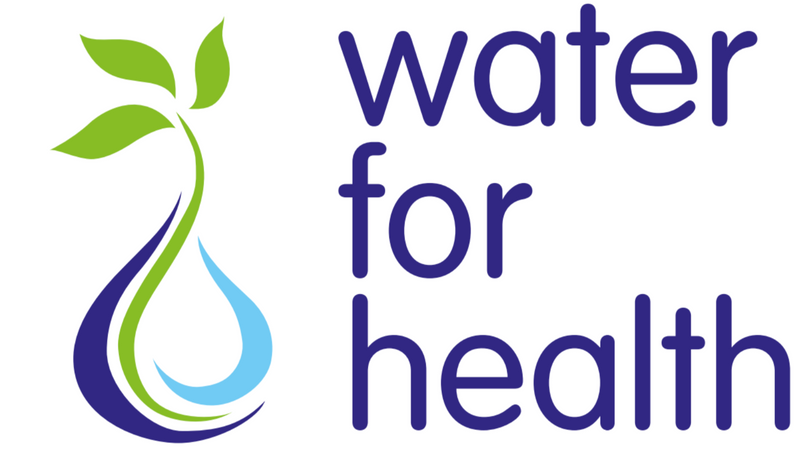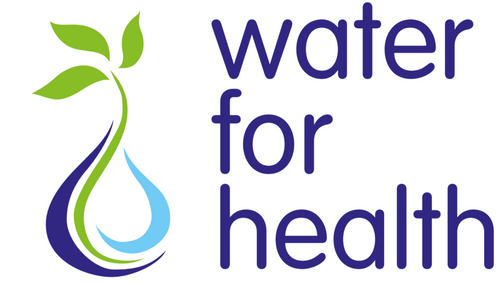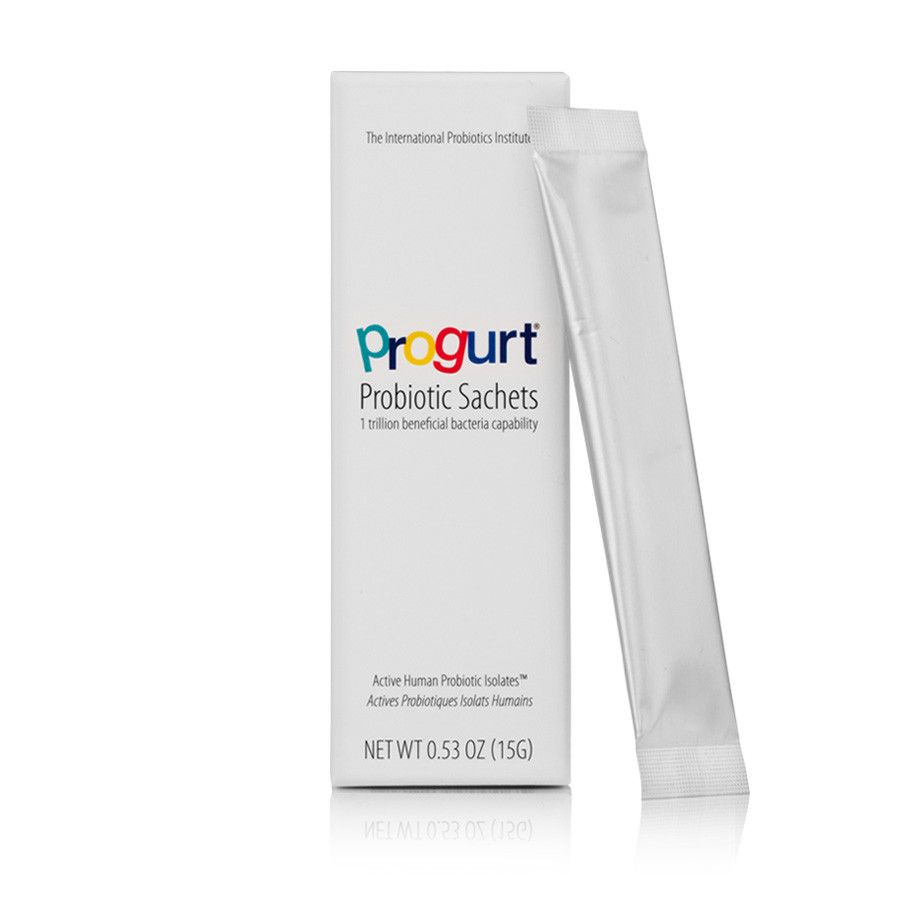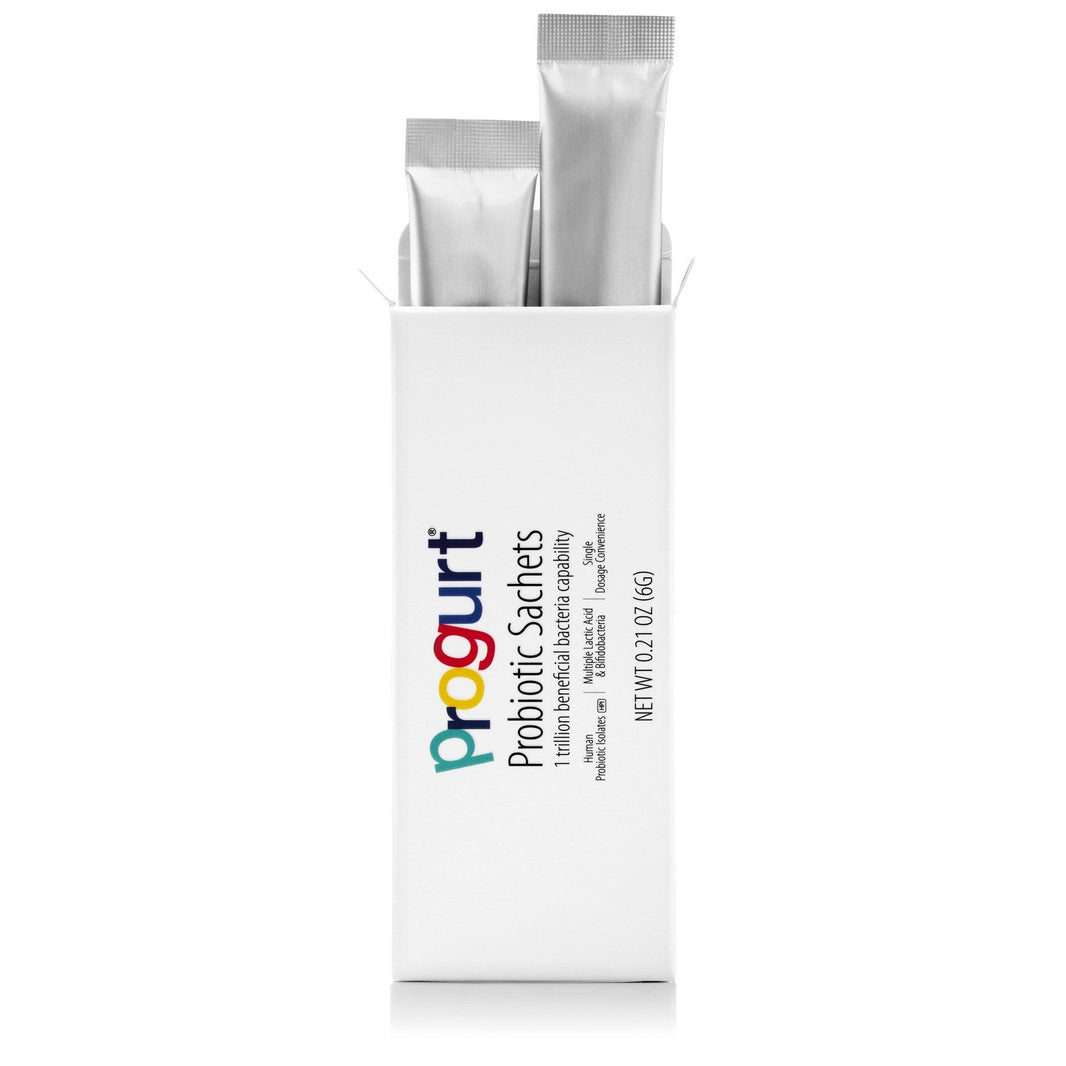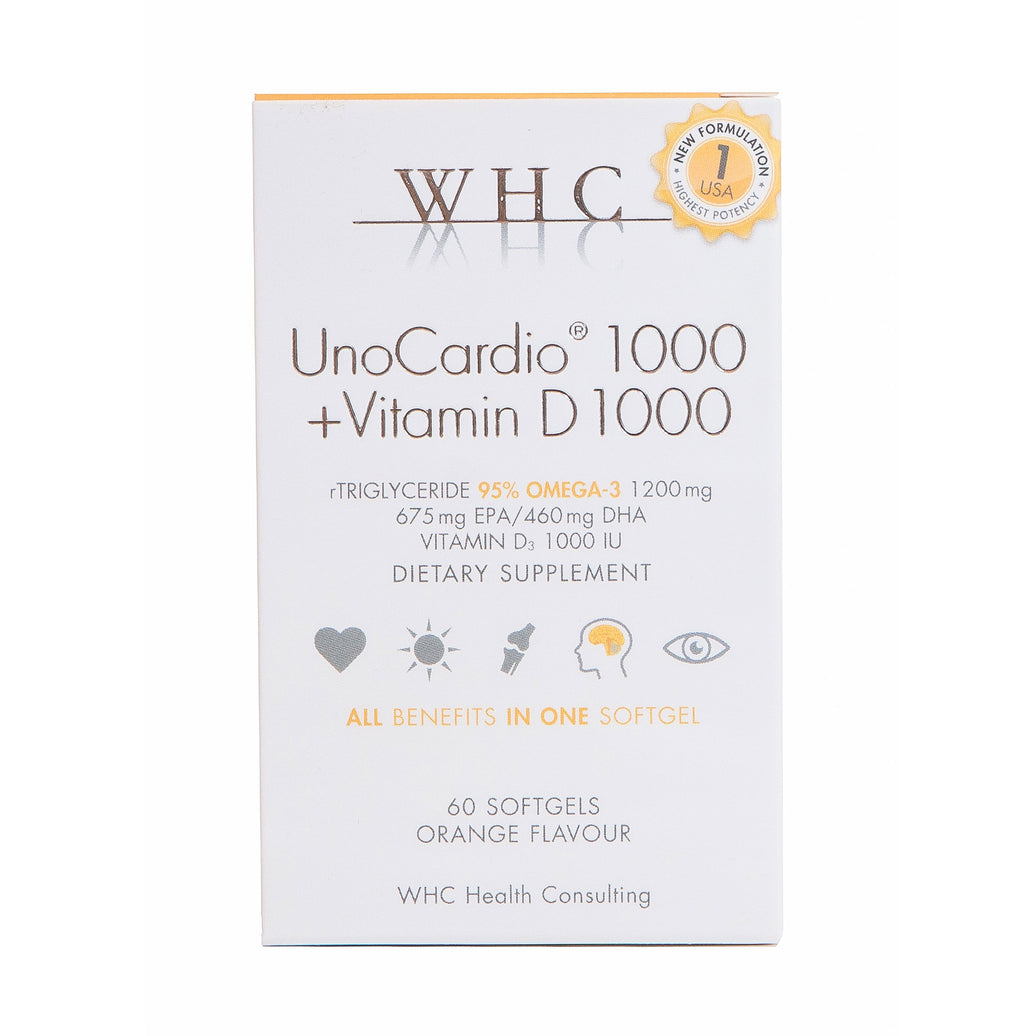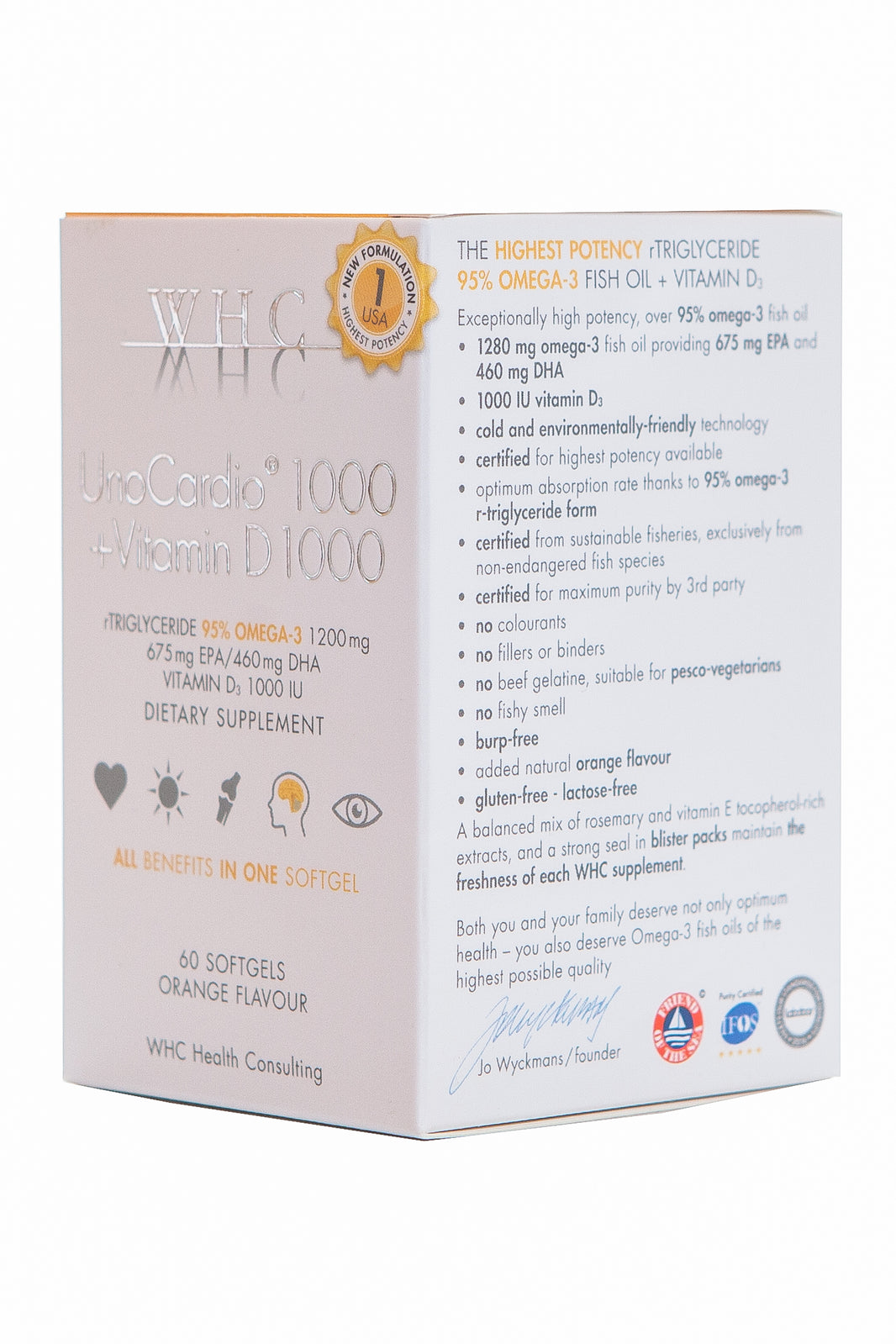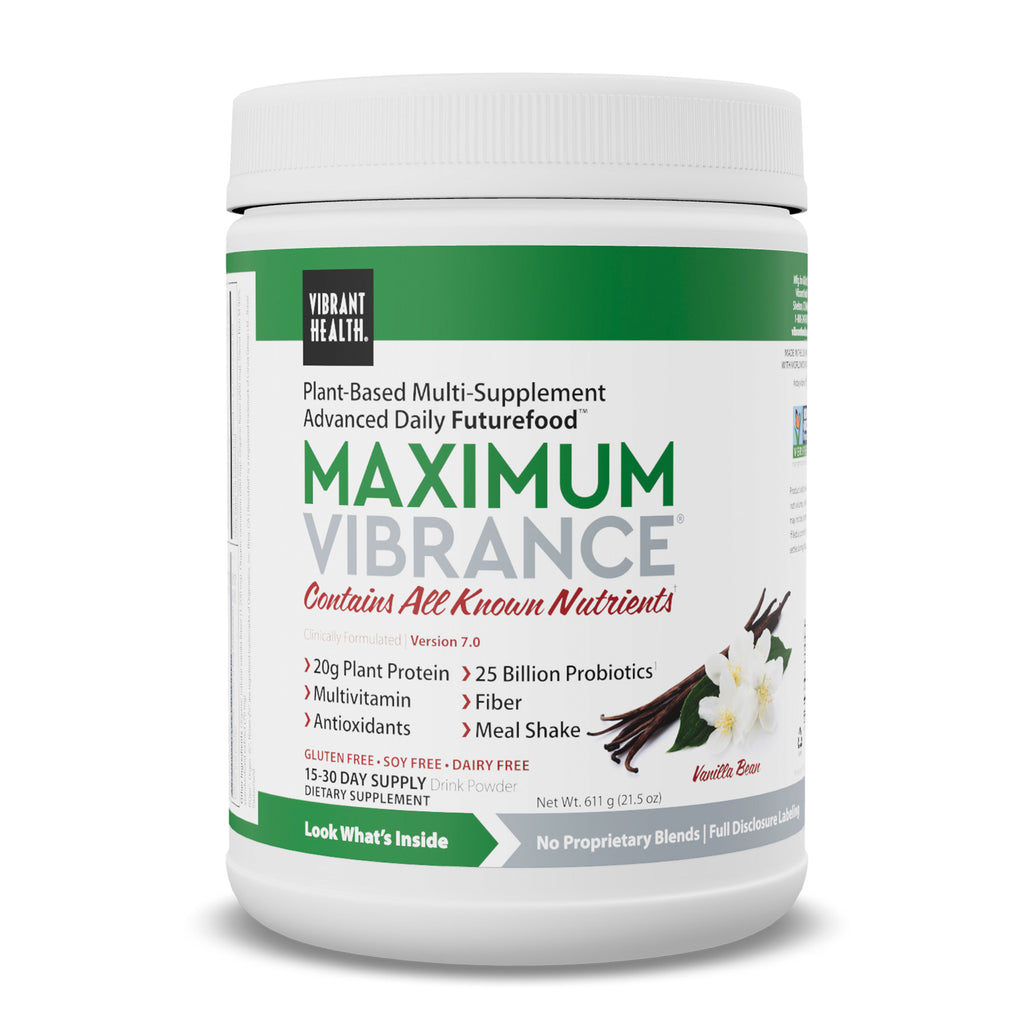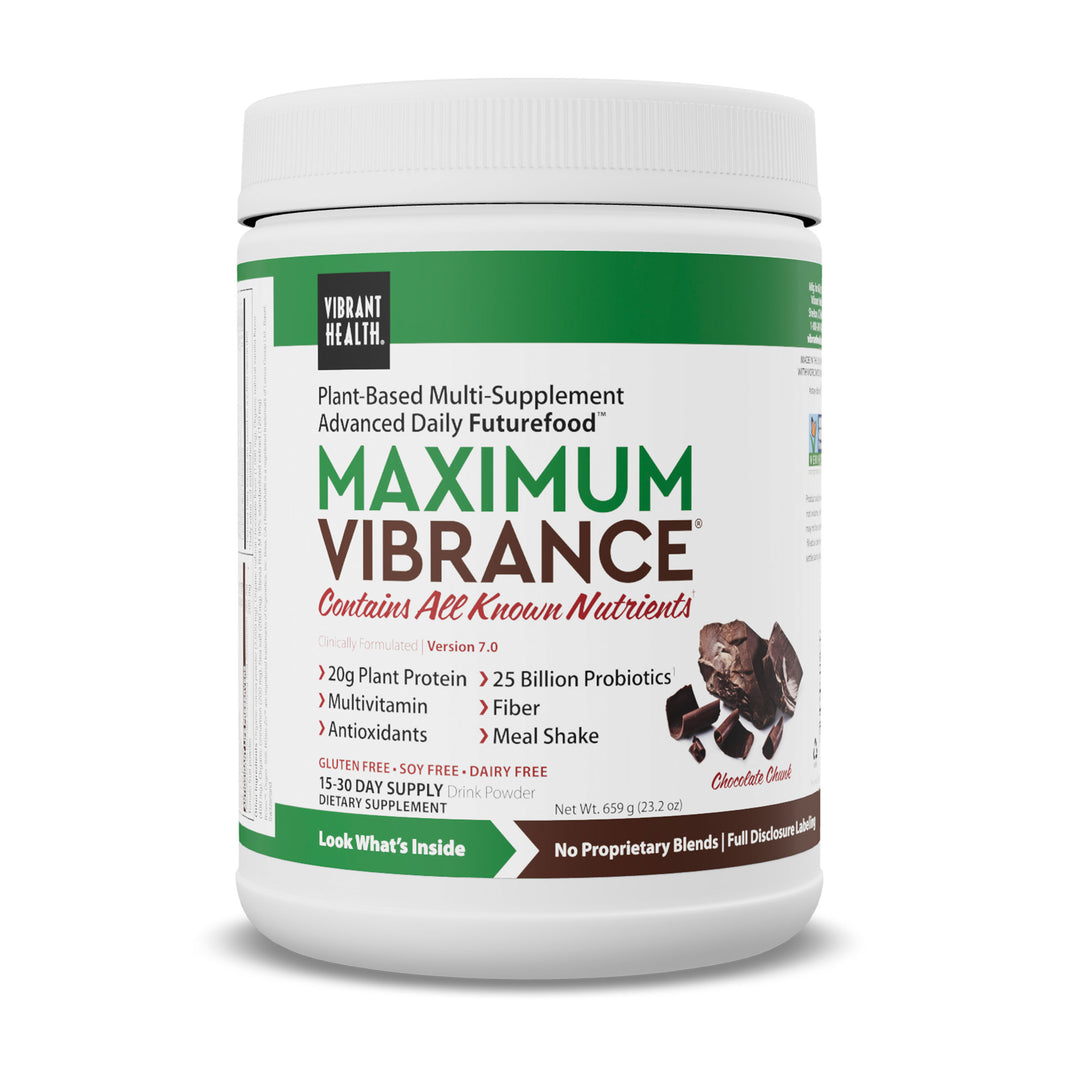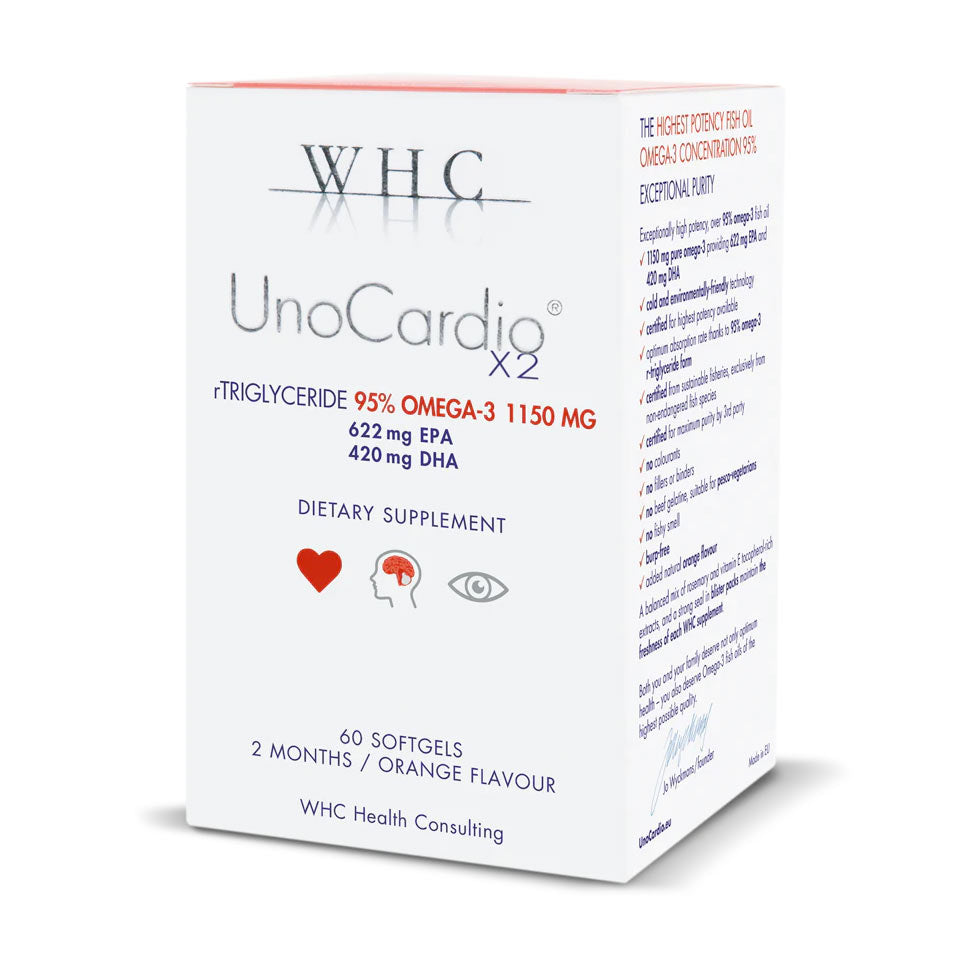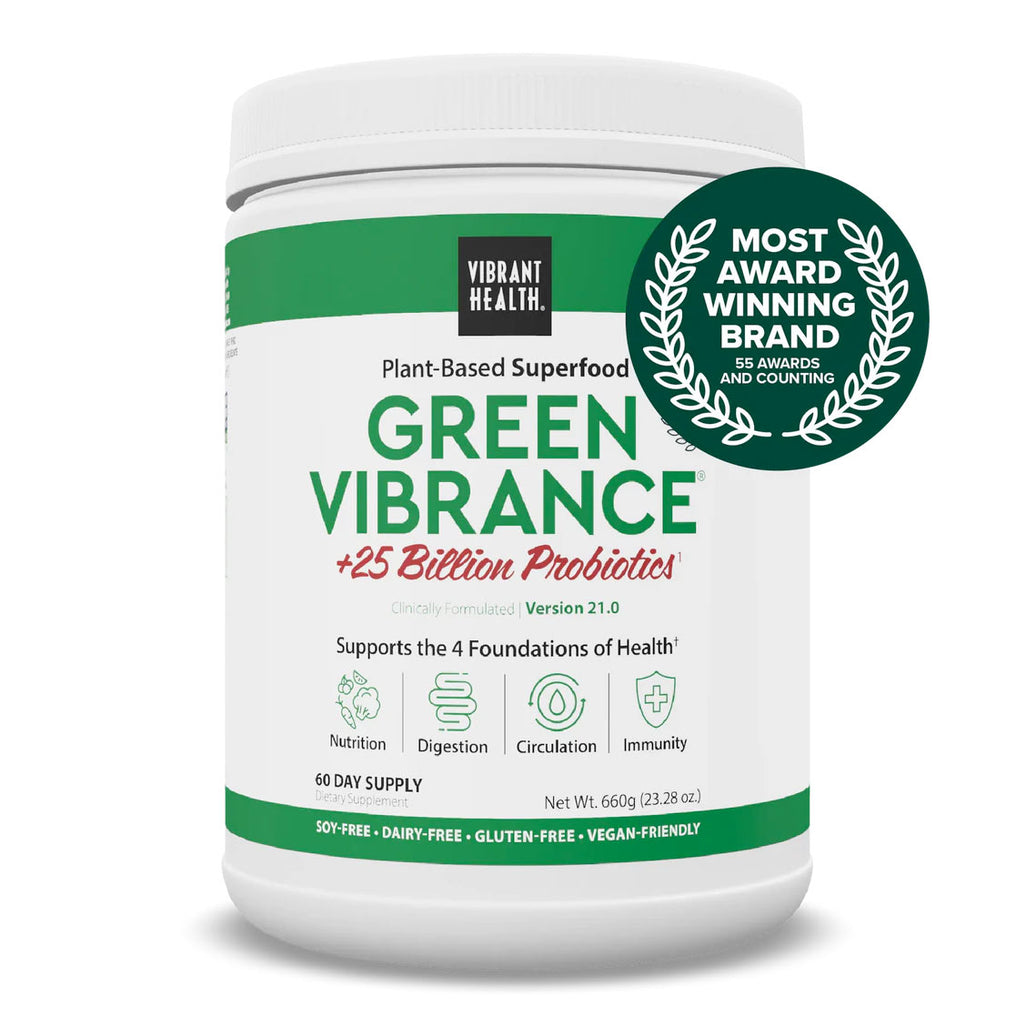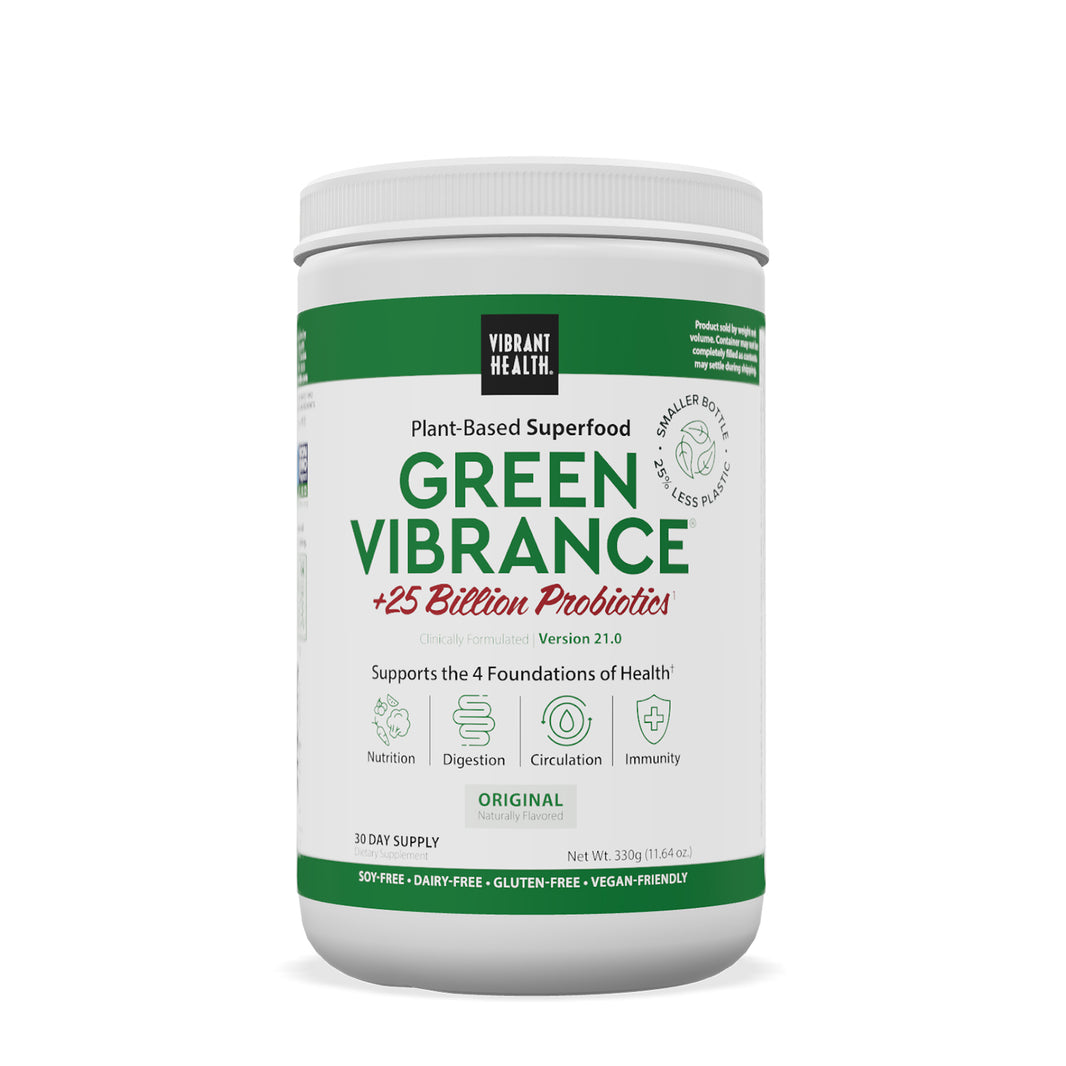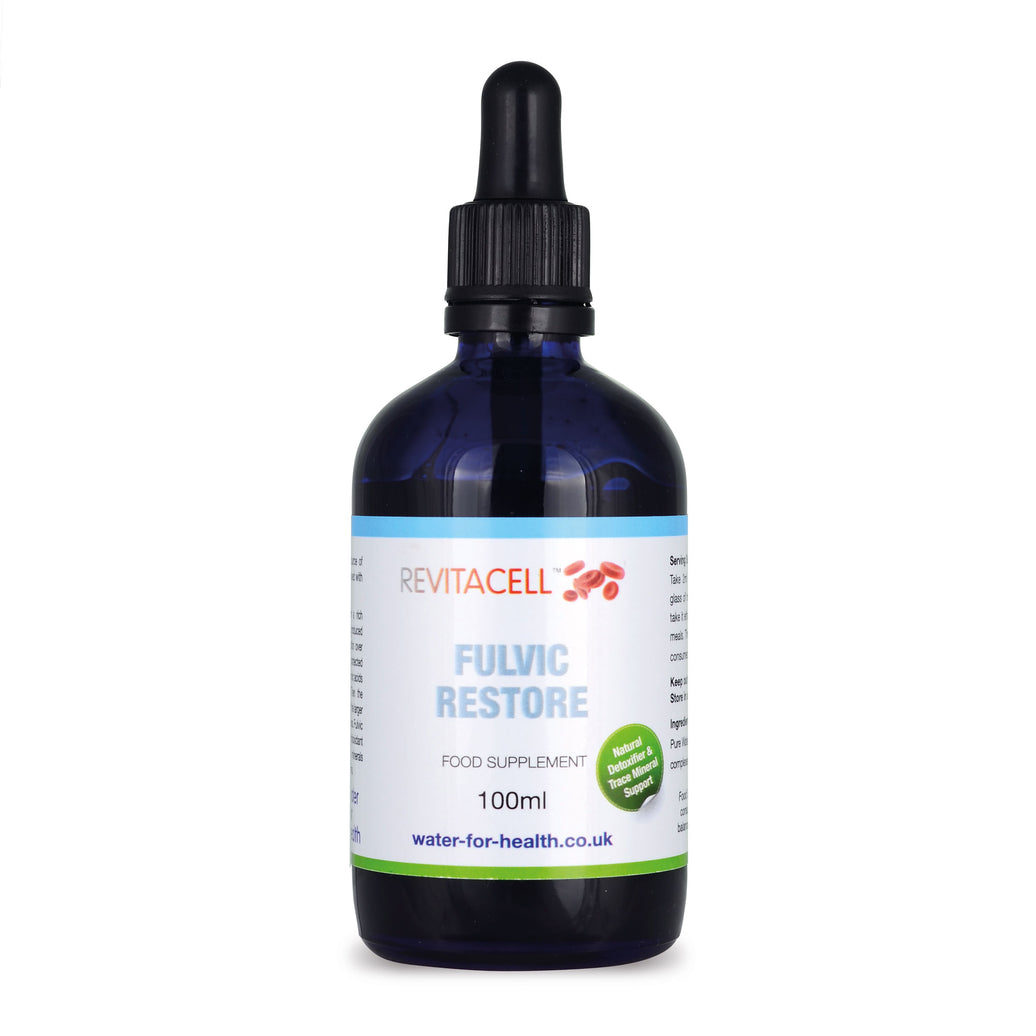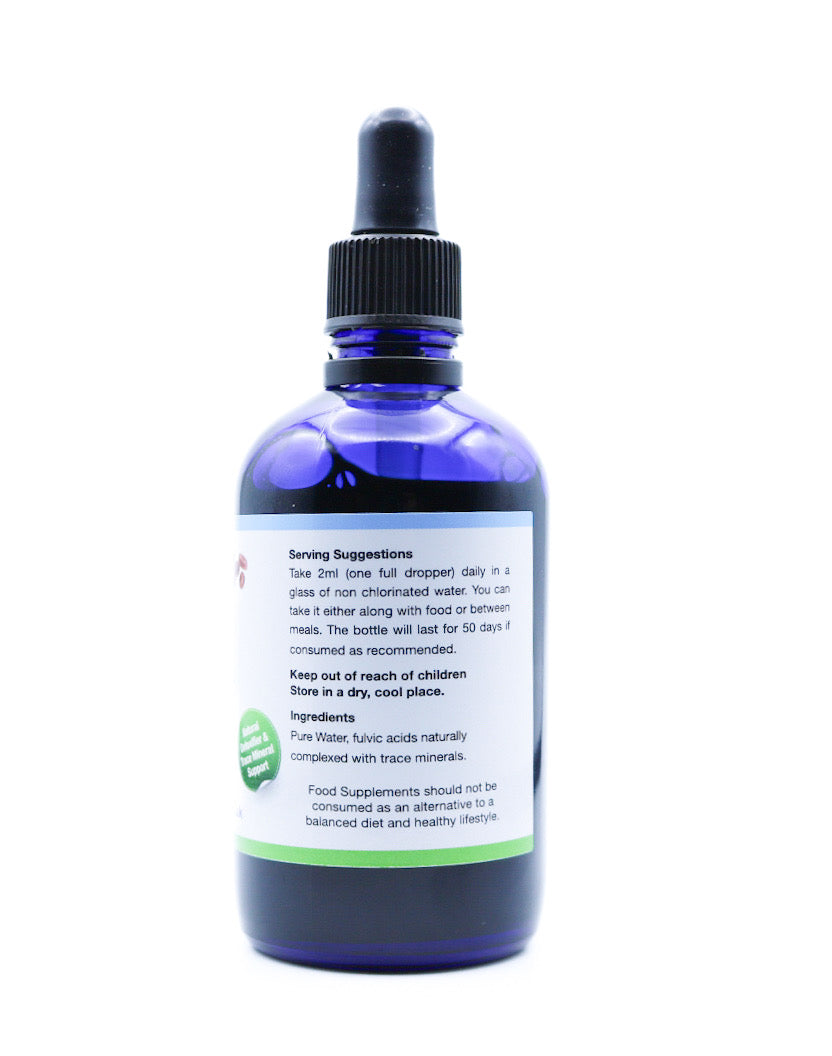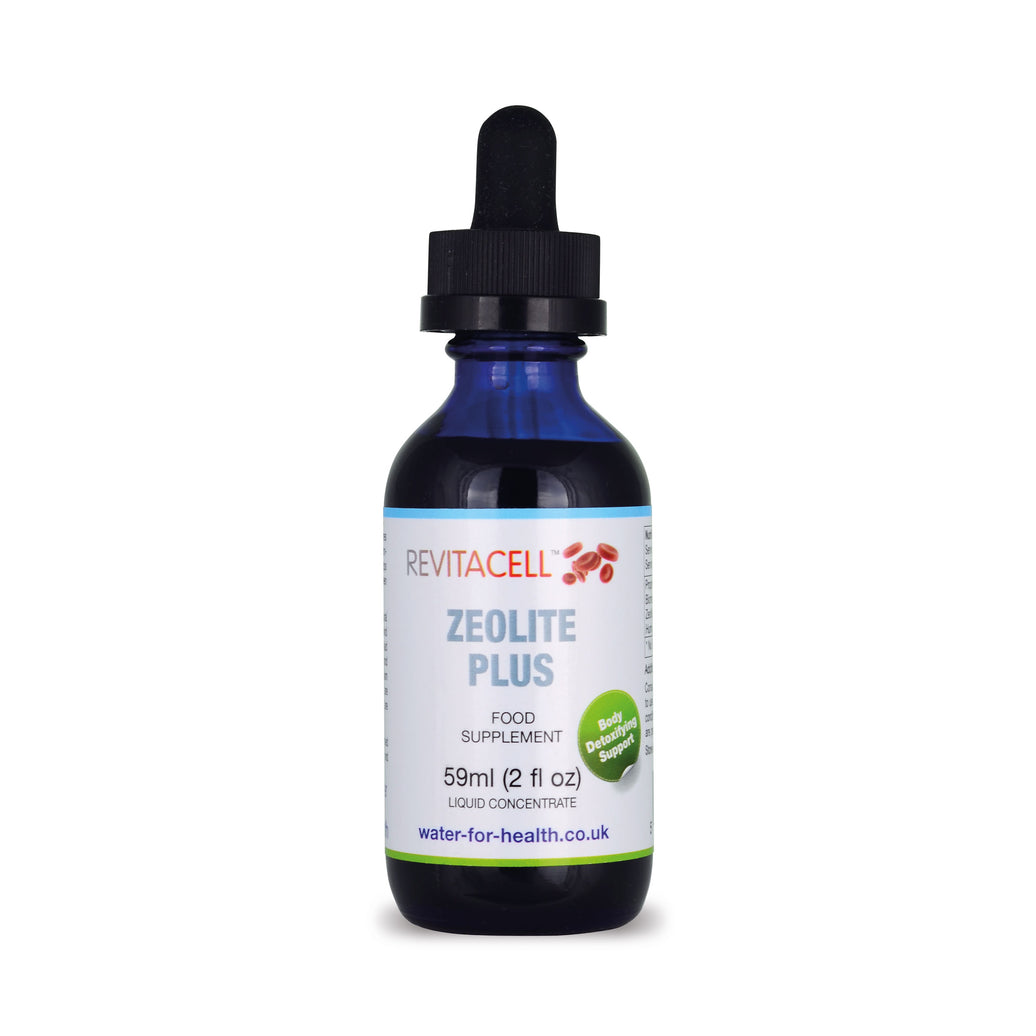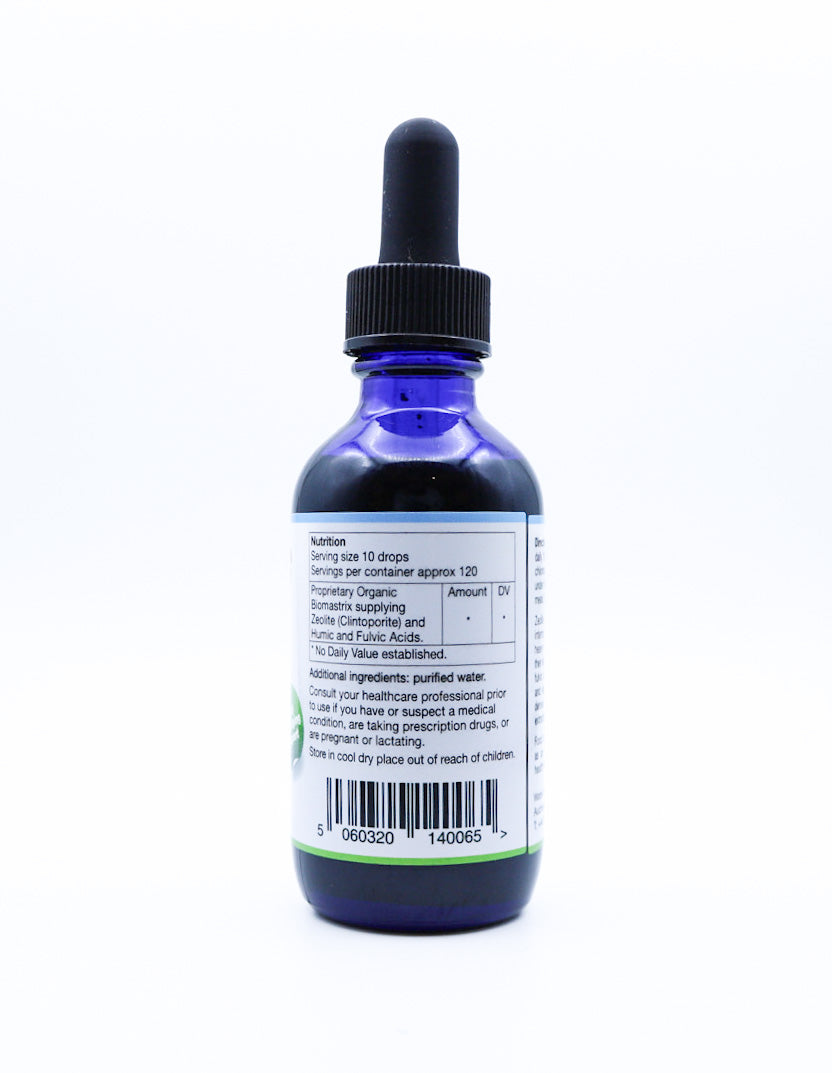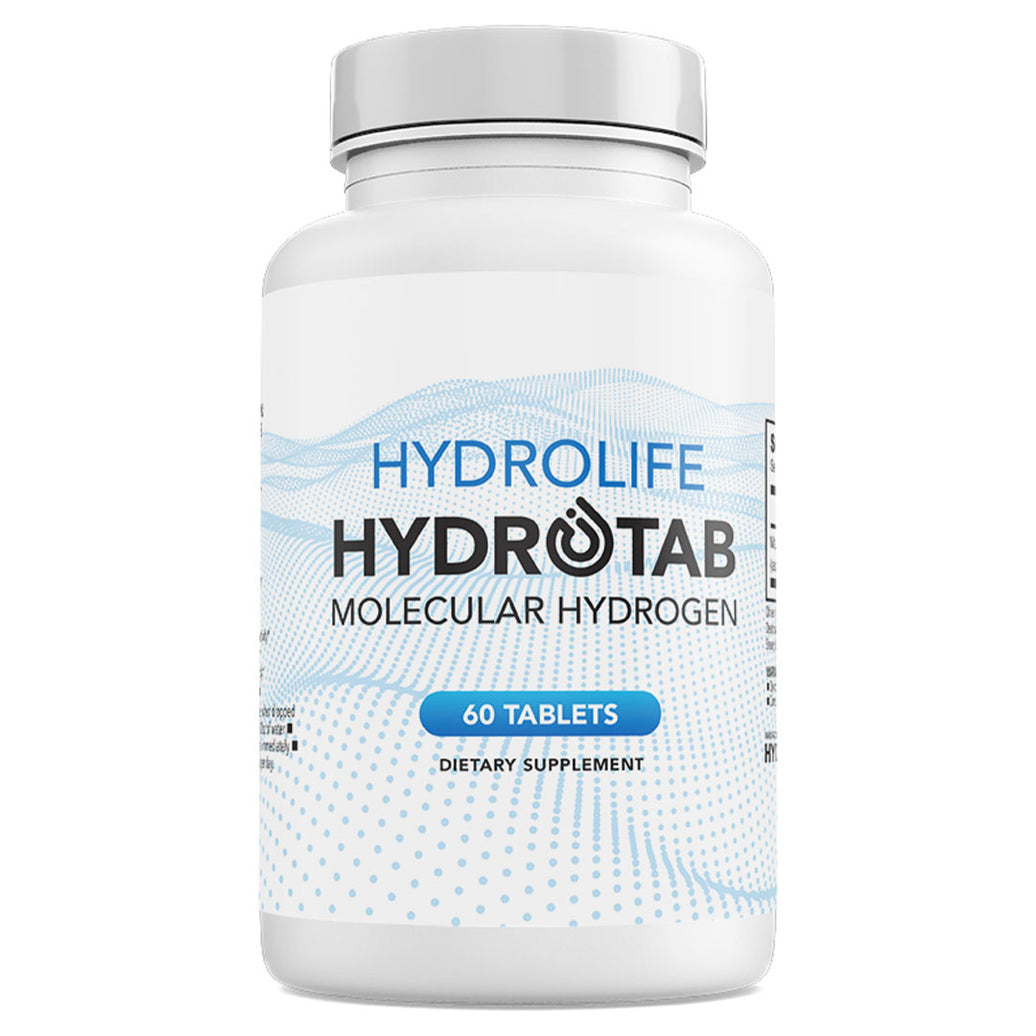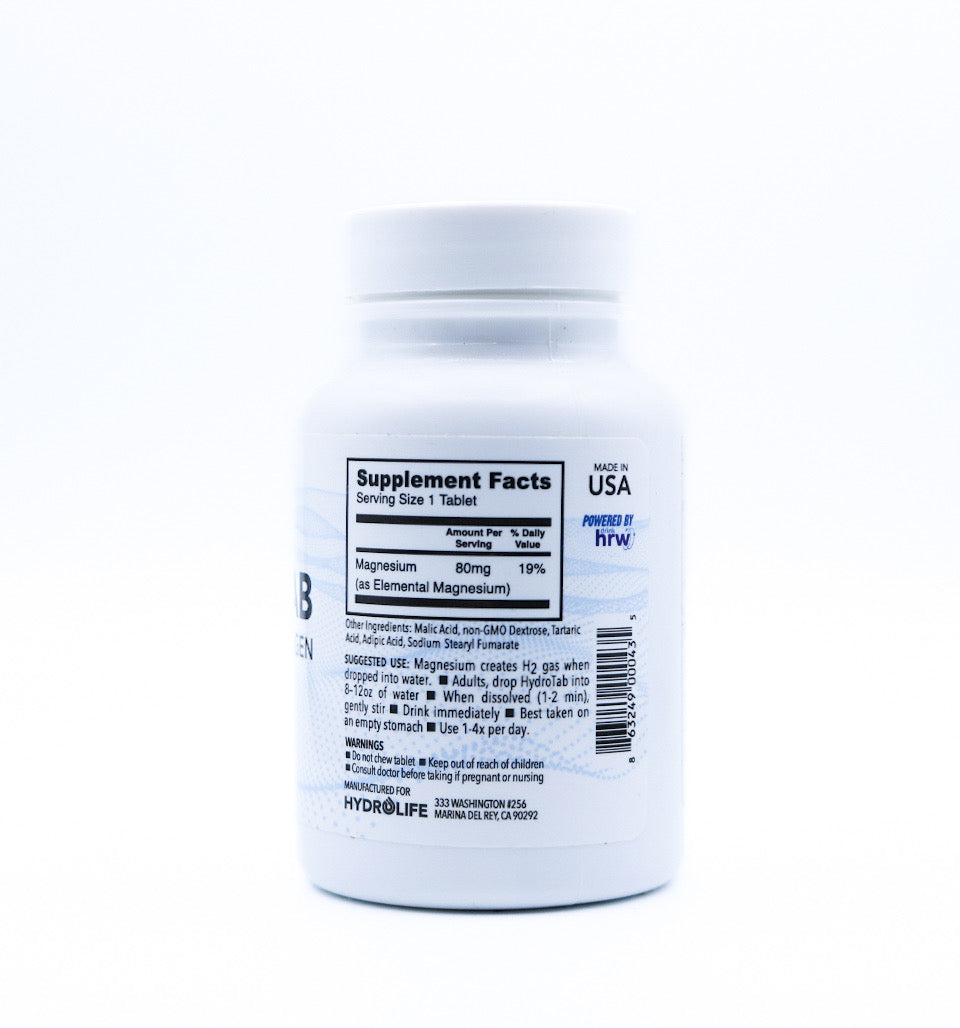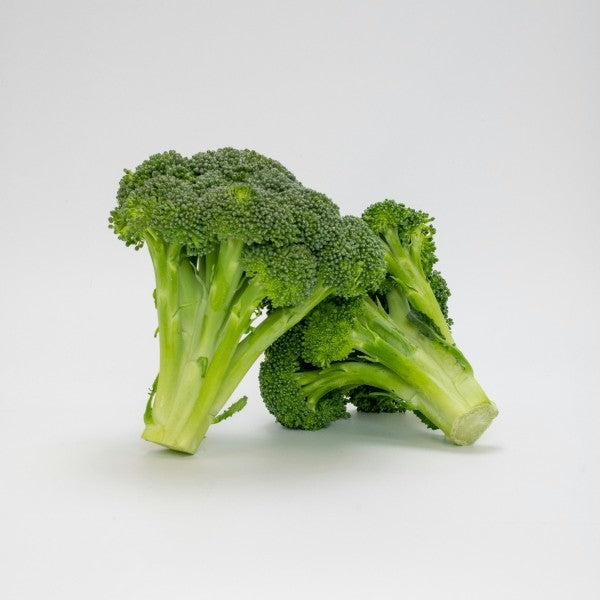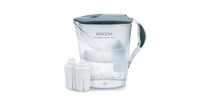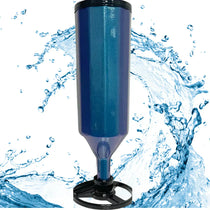Sex Hormone Binding Globulin (SHBG) is a carrier protein produced mostly in the liver. SHBG binds to testosterone, DHT and estradiol and circulates the hormones throughout the body.
SHBG levels can be both unduly low (meaning there are more unbound sex hormones available for use) and unduly high (meaning fewer unbound sex hormones are available). High SHBG levels can result from diets low in protein, leading to decreased testosterone bioactivity and deleterious effects on sexual function, fertility and bone density, as well as a higher incidence of certain cancers.
Low SHBG, meanwhile, tends to correlate with obesity, type 2 diabetes, high blood pressure and hypothyroidism.
Because SHBG regulates how much hormones are delivered to the body’s tissues, it is vital to ensure that your levels are in the normal range. For a man, that’s 10-57 nmol/L, and for a woman, it’s 18-144 nmol/L.
In this article, we’ll discuss ways to optimise your hormonal lower profile by lowering high SHBG levels and thereby increasing your amount of free testosterone. We’ll also suggest a few methods for increasing low SHBG levels.
3 Ways to Lower High SHBG Levels
1. Eat Cruciferous Vegetables
Eating cruciferous vegetables such as broccoli, cauliflower, Brussels sprouts, cabbage, curry kale and bok choy serves to metabolise surplus estrogen and lower SHBG.
We have long been proponents of the ‘10-a-day model’ when it comes to vegetables and fruit, with 7:3 being an ideal ratio. If you regularly achieve this objective, you’ll already be helping to keep high SHBG levels in check.
Learn More: Reducing Bioavailable Sex Hormones Through a Comprehensive Change in Diet (1)
2. Increase Protein
Countless studies (including this one (2)) have exposed a correlation with protein intake and SHBG levels: the lower the protein intake, the higher the concentration of SHBG.
The inverse is also true – the higher the protein intake, the lower the concentration of SHBG. Make sure you’re eating protein with every meal. If you’re a meat-eater, grass-fed and organic is by far the best choice.
3. Use Supplements
Although further clinical studies are required, a number of supplements have shown promise for reducing unduly high SHBG levels. These include:
How to Increase Low SHBG Levels
Reducing one’s daily calorie intake is believed to be an effective means of increasing one’s SHBG production, and so too is exercise.
After one 12-month study (3), researchers found that serum SHBG increased by 22.4% in subjects who consumed a reduced-calorie diet, and by 25.8% in those who followed the same diet while also abiding by a daily exercise regimen. What’s more, “greater weight loss produced stronger effects on estrogens and SHBG.”
The intake of plant protein also appears to correlate favourably with SHBG levels, as does caffeine intake.
Learn more: Probiotics for Women Benefits – Hormone Balance, Menopause, UTIs
Conclusion
SHBG remains an under-appreciated biomarker of general health, and the only way to know whether your SHBG levels are normal is to get a test.
There are natural ways to lower high SHGB levels and to increase low SHGB levels.
Speak to your doctor if you are concerned that your SHBG levels are too low or too high, or use a DIY wellness tracker to get a better picture of your state of wellness.
Water for Health Ltd began trading in 2007 with the goal of positively affecting the lives of many. We still retain that mission because we believe that proper hydration and nutrition can make a massive difference to people’s health and quality of life. Click here to find out more.
Updated 24/1/25
Sources:
1. Berrino F, Bellati C, Secreto G, Camerini E, Pala V, Panico S, Allegro G, Kaaks R. Reducing bioavailable sex hormones through a comprehensive change in diet: the diet and androgens (DIANA) randomized trial. Cancer Epidemiol Biomarkers Prev. 2001 Jan;10(1):25-33. PMID: 11205485. https://pubmed.ncbi.nlm.nih.gov/11205485/
2. Longcope C, Feldman HA, McKinlay JB, Araujo AB. Diet and sex hormone-binding globulin. J Clin Endocrinol Metab. 2000 Jan;85(1):293-6. doi: 10.1210/jcem.85.1.6291. PMID: 10634401. https://pubmed.ncbi.nlm.nih.gov/10634401/
3. Campbell KL, Foster-Schubert KE, Alfano CM, Wang CC, Wang CY, Duggan CR, Mason C, Imayama I, Kong A, Xiao L, Bain CE, Blackburn GL, Stanczyk FZ, McTiernan A. Reduced-calorie dietary weight loss, exercise, and sex hormones in postmenopausal women: randomized controlled trial. J Clin Oncol. 2012 Jul 1;30(19):2314-26. doi: 10.1200/JCO.2011.37.9792. Epub 2012 May 21. PMID: 22614972; PMCID: PMC3675691. https://pubmed.ncbi.nlm.nih.gov/22614972/
